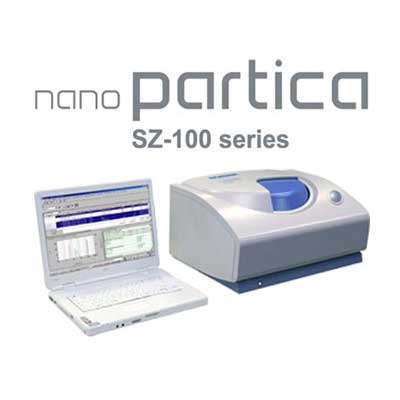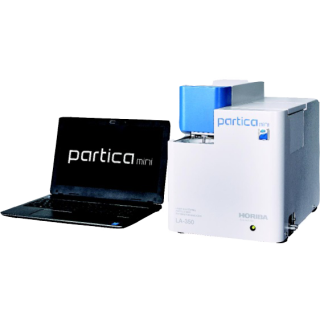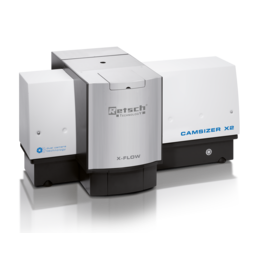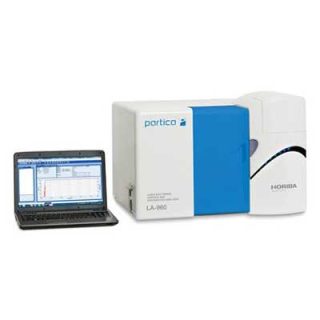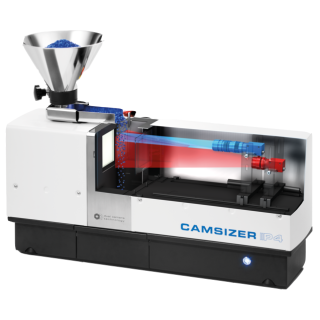Nanoparticle Analyzer New Partica SZ-100
Scientific Product
Assistant Buniness Unit Manager : Miss. Rotsukon Chanseeharat
Tel : 081-988-2819
E-mail : rotsukon@pico.co.th
Admin
Tel : 02-939-5711 ext. 611
E-mail : scientific@pico.co.th
The SZ-100 nanopartica series instruments are flexible analytical tools for characterizing the physical properties of small particles. Depending on the configuration and application the system can be used as a particle size analyzer, or also used to measure zeta potential, molecular weight, (MW) and second virial coefficient (A2). Typical applications for the SZ-100 include nanoparticles, colloids, emulsions, and submicron suspensions.
Particle size analysis is performed by dynamic light scattering (DLS). Depending on the physical properties of the sample, the dynamic range is 0.3 nm – 8 µm. The lower limit is influenced by concentration, how strongly the sample scatters light, and the presence of large, unwanted particles. The upper limit is influenced by the density of the sample since DLS is modeled on all motion coming from Brownian motion, not gravitational settling.
The charge on the surface of particles is characterized by the SZ-100 by measuring the zeta potential of a suspension. The sample is injected into a disposable cell and a measurement of the particle electrophoretic mobility results in the calculated zeta potential. The zeta potential of the sample is most often used as an indicator of dispersion stability. Large magnitude zeta potential values indicate that an electrostatically stabilized suspension will remain stable. The zeta potential is often measured as a function of pH or other change in the chemistry to help formulators create new products with a long shelf life. Conversely identifying conditions at which the zeta potential is zero (that is, the sample is at the isoelectric point) allows one to choose optimum conditions for flocculating and separating particles.
The same instrument can also be used to measure the molecular weight and second virial coefficient of proteins, polymers, and other molecules. The user prepares several solutions with known concentrations and then uses the system in a static light scattering mode to create a Debye plot, which results in a calculation of both MW and A2.
Features
- Particle size, zeta potential, molecular weight, and second virial coefficient all in one instrument
- Wide range of particle sizes and concentrations
- Particles size measurements at both 90° and 173°
- Multiple particle size measurement modes for working with small particles and weak scatterers
- Small volume cells for both particle size and zeta potential

